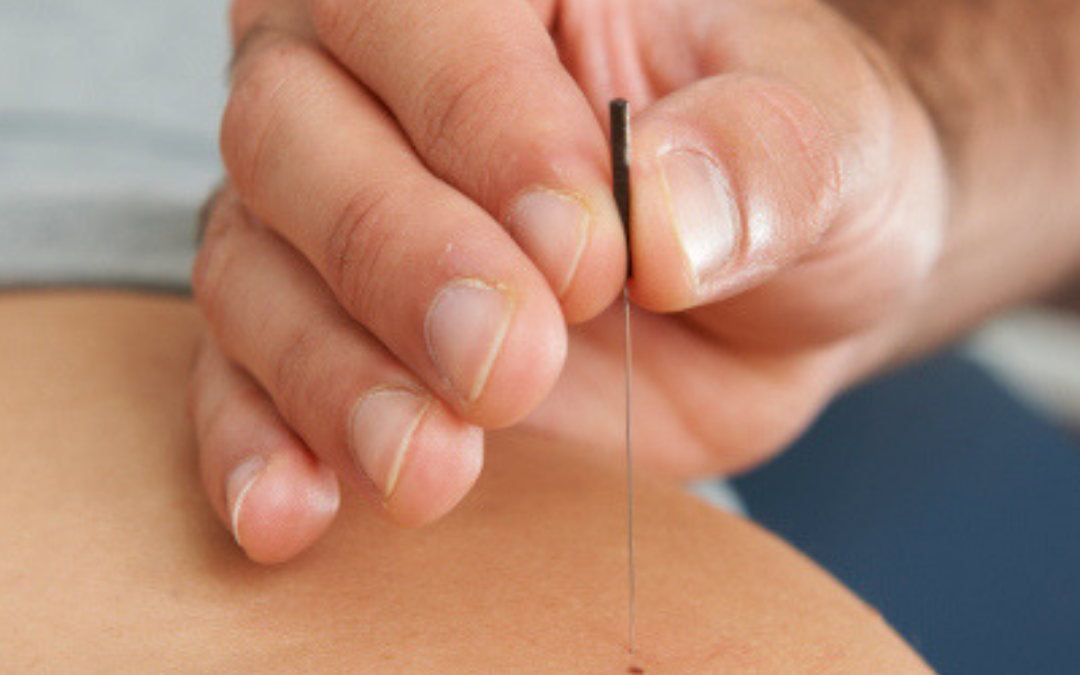What is dry needling
Im often asked what’s the difference between Dry needling and acupuncture. They both involve puncturing the skin with thin needles to treat therapeutic ailments. While they both aim at providing pain relief (amongst other things) the practices are both very different in nature.
In brief therapists using dry needling attempt to release tension within soft tissue by targeting knots and pressure points in muscles. Acupuncturists insert needles to release endorphins and affect the nervous system. Traditionally Chinese, acupuncture was used to align a person’s energy, or chi.
Dry Needling for Myofascial Pain.
Myofascial pain is a regionalised muscle pain disorder characterised by localised muscle tenderness and pain and is frequently the cause of persistent pain. Myofascial pain has accompanying sensory, motor and autonomic symptoms. Evaluation of myofascial pain includes locating the trigger points and muscles involved as well as recognition of other contributing factors. Manual therapy and acupuncture are tools to deactivate MTrPs whilst restoring the muscle to its normal length and full joint range of motion with exercises and stretches (Dry Needling for Manual Therapists)
Trigger points are hypersensitive spots, usually within a taut band of skeletal muscle or in the muscle’s fascia, they can have strong focal points of tenderness, a few millimetres in diameter, and be found at multiple sites in muscle tissue (Travell and Simons 1999b
A really good example of a common trigger point found in many of my patients can be found in the trapezius muscles, as these muscles help to maintain posture, and MTrPs in this area are a common cause of non-specific and mechanical neck pain. Equally, they are one of the foremost pain-presenting complaints that I see on a daily basis, especially in the upper fibres of the trapezius.
These trigger points can be either active or latent. An active MTrP is, as mentioned above, a hypersensitive area which ‘causes a pattern of referred pain at rest/or on motion’, which is clinically associated with a local twitch response (Travell and Simons 1999).
Latent trigger points are still areas of hypersensitivity and include the same presentation as previously described; however, they only refer pain when palpated, as opposed to active MTrPs that exhibit pain and referral without palpation.

Shared characteristics of latent and active trigger points can be –
- An MTrP has a clear and consistent pain pattern, and a pain referral pattern to its given location on a referral zone map is outlined by Travell and Simons’ research.
- MTrPs can occur in response to acute and/or chronic overloading, or a repetitive overuse of the muscle.
- MTrPs contribute to motor dysfunction by causing increased muscle tension. And thus pain.
- MTrPs cause weakness and a limited range of motion within muscles.
- The intensity and extent of the pain depends on the degree of irritability of the MTrPs and not on the size or location of the muscle.
- MTrPs can disturb the proprioceptive, nociceptive and autonomic functions of the affected anatomical region.
Acupuncture
Acupuncture and dry needling are very closely linked, and use very similar techniques. Acupuncture is a complementary medical practice with its traditions in Chinese medicine. it involves stimulating certain points on the body – (with a needle) – to alleviate pain increase range or to help treat various health and injury conditions.
Interested in receiving dry needling in Cardiff then book yourself in for a treatment with myself at my Whitchurch or St Mellons practice today. www.garethwarburton.com/book-an-appointment/


Recent Comments